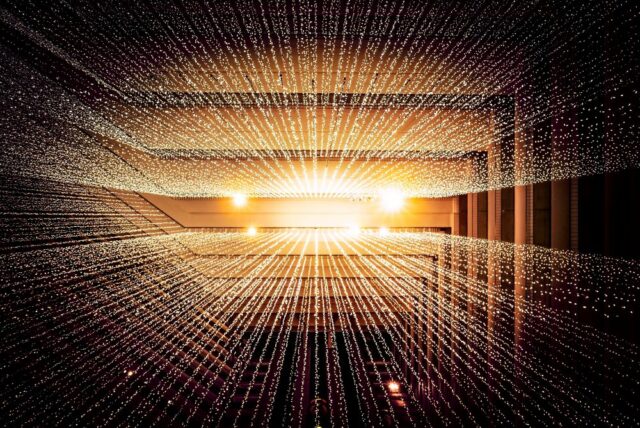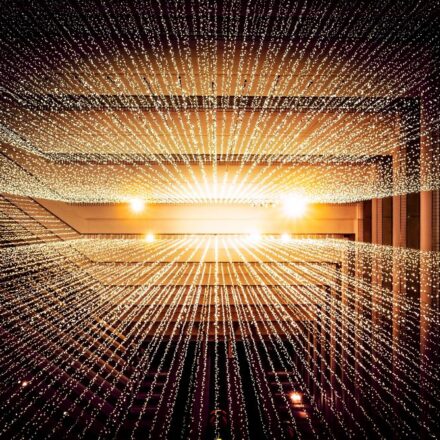By Mike Robillard, sr. distinguished engineer, Dell research office


Intelligent Innovation
Quantum computing 101
The basics you need to know about this complex, emerging technology.


By Mike Robillard, sr. distinguished engineer, Dell research office
Quantum computers operate with a set of rules that are fundamentally different from classical computers. For certain applications, these rules can enable quantum computers to process information faster—potentially solving problems that would take traditional machines millions of years.
Basic quantum computing rules
Qubits hort for quantum bits, qubits are typically small particles (atoms, ions, photons or electrons) that hold information and behave according to the laws of quantum physics.
Superposition classical bit is either1 (on) or 0 (off), but a qubit can be in both states simultaneously. Once you measure the qubit’s value, it resolves to either 0 or 1. Reading a qubit causes the quantum state to collapse.
Entanglement he phenomenon by which two or more qubits share the same quantum states and are correlated regardless of distance from each otheris called entanglement. A change to oneof the entangled qubits directly impactsthe other’s behavior.
Superposition and entanglement enable quantum computers to perform computations simultaneously rather than sequentially or in parallel. This ability is akey difference between classical and quantum machines.
The engineering challenge
Quantum computers are susceptible to noise and this causes them to decohere. Decoherence is the collapse of the quantum state. It is a loss of information and a corruption of the calculations being performed.
Since quantum computers work at the atomic or subatomic level, the control and measurement signals within them aretiny. Because of this, minimizing environmental noise becomes critical.
Qubits in a superconducting quantum computer
Superconducting quantum computers, one type of quantum computer, use the properties of superconducting materials to create a circuit that acts like an artificial atom. These circuits are built using a process similar to that used for manufacturing semiconductors.
The state of these qubits is controlled with microwave radiation and entangled using electronic coupling. As you might imagine, the energy levels in these circuits are very small and require isolation from the external environment. For this type of quantum computer, special cooling technology is used to maintain coherence.
Lead photo by Joshua Sortino/Unsplash
Want to read more stories like this? Check out Realize magazine.